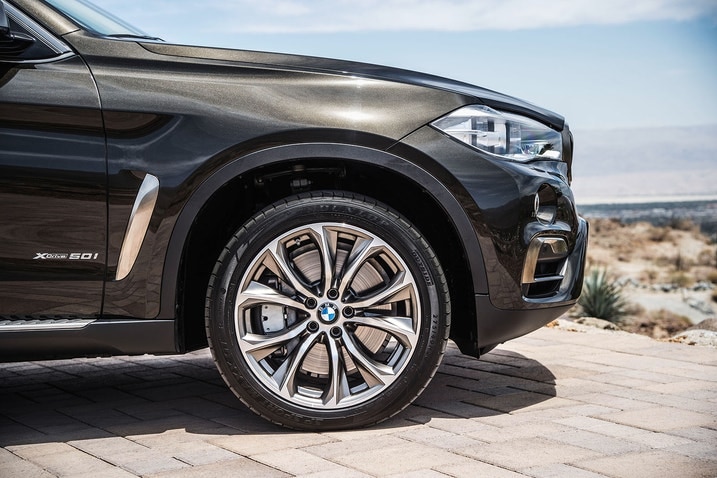A flat tire always seems to happen at the most inopportune time or place. When it does, your options are generally to either call roadside assistance to install your spare tire or try to do it yourself. But these days, there's a chance your car doesn't even have a spare! One alternative to a spare tire used by many manufacturers is what’s known as run-flat tires. Run-flats, or zero-pressure tires, have additional reinforcement that allows them to support the weight of a vehicle for a short time, which buys you around 50 miles to get to a repair shop after a puncture or other related air loss.
Run-flat tires are standard or optional on roughly 16.1% of new vehicles, according to Edmunds data. While the number of vehicles available with run-flat tires has doubled in the last decade, the trend seems to have hit a plateau recently. The overall percentage of vehicles available with run-flats has remained at 14%-16% for the last several years. You'll now find run-flats on the majority of vehicles from BMW, Mercedes-Benz and Mini. Many Cadillac models also employ run-flat tires.
While run-flat tires may sound like the perfect solution, car owners and car shoppers should know about the trade-offs that run-flats demand.

